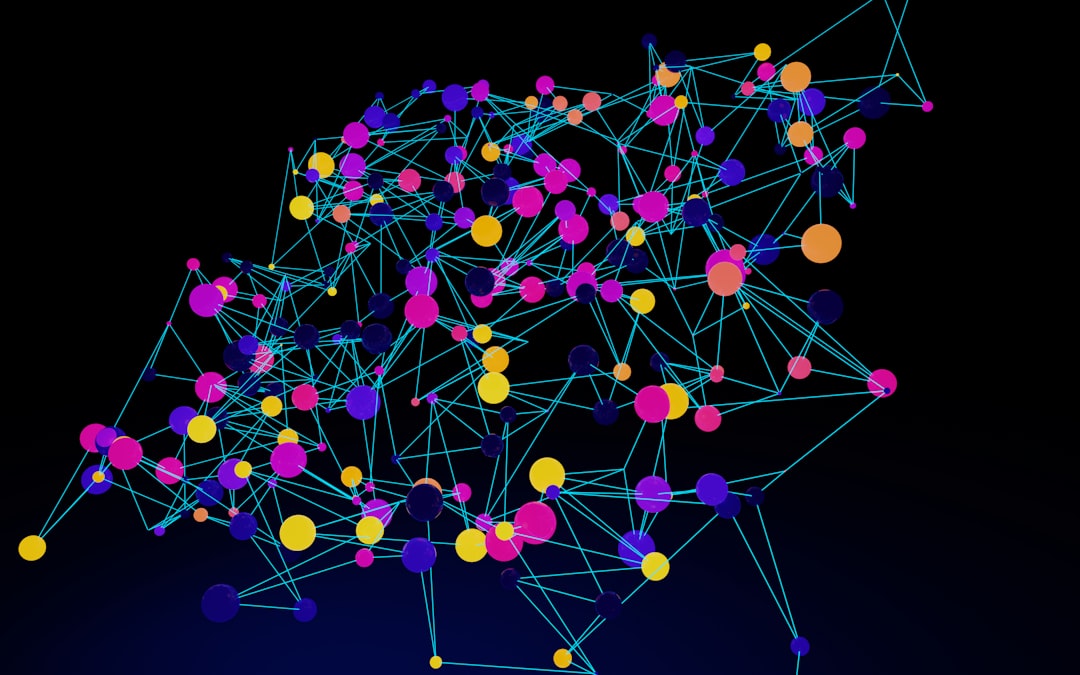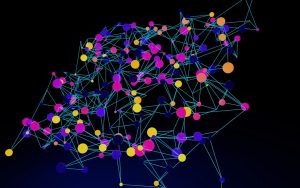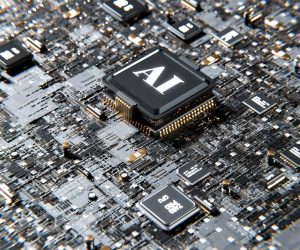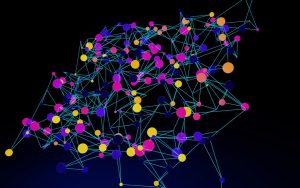MIT Boosts AI Reliability with Efficient Training Method
Discover how MIT’s innovative training method enhances AI reliability. Dive into the future of AI advancements. Read more today!
Enhanced AI Training Methodology
Introduction to the New Approach
MIT researchers have pioneered an innovative methodology for training AI agents, focusing on efficiency and reliability. This approach addresses the growing need for AI systems that can perform consistently across various environments and tasks.
By refining the training process, these researchers aim to produce AI agents that are not only faster to train but also exhibit improved performance in real-world applications.
Core Techniques and Innovations
The new training methodology incorporates several cutting-edge techniques. One key innovation is the use of advanced algorithms that optimize learning rates dynamically.
This allows AI models to adapt more quickly to new data, reducing the time required for training significantly. Additionally, the researchers have integrated a robust feedback mechanism that continuously evaluates the AI’s performance, enabling real-time adjustments to the training parameters.
Another significant aspect of this methodology is the emphasis on multi-task learning.
By training AI agents on a diverse set of tasks simultaneously, the models can develop a more generalized understanding, which enhances their ability to transfer knowledge across different domains. This approach not only improves reliability but also reduces the need for extensive retraining when introducing new tasks.
Benefits and Implications
The enhanced training methodology offers several benefits.
Primarily, it leads to the development of AI agents that are more reliable and capable of handling complex tasks with greater accuracy. This reliability is crucial for applications in critical fields such as healthcare, autonomous driving, and financial services, where errors can have significant consequences.
Moreover, the efficiency of this training process has implications for resource consumption.
By reducing the computational power and time required for training, this methodology can lower the environmental impact of developing AI technologies. This aligns with the growing emphasis on sustainable AI practices.
Future Prospects
Looking ahead, the enhanced AI training methodology developed by MIT researchers is expected to set a new standard in the field of artificial intelligence.
As the demand for reliable and efficient AI systems continues to grow, these advancements could play a pivotal role in shaping the future of AI development. Ongoing research will likely focus on further refining these techniques and exploring their applicability across different AI architectures and industries.
Reliable AI Agent Development
Innovative Training Methods
MIT researchers have pioneered a novel approach to training AI agents, focusing on enhancing their reliability.
This method leverages advanced algorithms that optimize the learning process, ensuring that AI agents can perform consistently across various scenarios. By refining the training protocols, these agents exhibit improved decision-making capabilities, reducing the likelihood of errors in critical applications.
Efficiency in Resource Utilization
One of the key breakthroughs in this development is the efficient use of computational resources.
The researchers have devised techniques that significantly cut down the time and power required for training AI agents. This not only accelerates the development cycle but also makes it feasible to train more complex models without the need for extensive hardware investments.
The reduction in resource consumption also aligns with sustainable computing practices, making AI development more environmentally friendly.
Enhanced Robustness and Adaptability
The new training methods emphasize robustness, ensuring that AI agents maintain high performance even when faced with unexpected inputs or environments. This adaptability is crucial for deploying AI in real-world situations where unpredictability is a constant factor.
By incorporating diverse datasets and scenarios during training, the agents are better equipped to handle anomalies and adapt to new challenges with minimal human intervention.
Applications and Implications
The implications of these advancements are far-reaching, impacting various fields such as autonomous vehicles, healthcare, and robotics. Reliable AI agents can lead to safer and more efficient autonomous systems, improving user trust and adoption rates.
In healthcare, for example, AI systems trained with these methods can provide more accurate diagnostics and treatment recommendations, enhancing patient outcomes.
Overall, the development of more reliable AI agents marks a significant step forward in the integration of AI into everyday life, promising improvements in both functionality and safety across multiple domains.
MIT’s Efficient AI Training Approach
Innovative Training Techniques
MIT researchers have pioneered a novel approach to AI training that emphasizes efficiency and reliability. By integrating advanced algorithms and cutting-edge computational techniques, the team has managed to significantly reduce the time and resources required to train AI models.
This innovative method not only accelerates the training process but also enhances the overall performance and accuracy of AI agents.
Focus on Reliability
One of the core objectives of MIT’s approach is to develop AI agents that are more reliable in real-world applications. The researchers have introduced mechanisms that allow AI systems to better handle uncertainties and unexpected scenarios.
By incorporating robust error-checking and adaptive learning strategies, the AI agents can maintain high levels of accuracy even in dynamic and complex environments.
Resource Optimization
Efficiency in resource usage is a critical component of MIT’s training methodology. The researchers have devised techniques that optimize computational resources, ensuring that AI models require less power and fewer data inputs without compromising on performance.
This optimization not only makes AI training more sustainable but also opens up possibilities for deploying AI in resource-constrained settings.
Scalability and Flexibility
MIT’s approach is designed to be highly scalable, allowing it to be applied to a wide range of AI applications. The flexibility of the training framework enables it to adapt to various domains, from autonomous vehicles to healthcare diagnostics.
This adaptability ensures that the benefits of the efficient training approach can be leveraged across different industries, fostering innovation and advancement in AI technology.
Collaborative Efforts and Future Implications
The development of this efficient AI training approach is the result of collaborative efforts among experts in machine learning, computer science, and engineering at MIT. The implications of their work extend beyond academia, potentially transforming how AI systems are developed and implemented across the globe.
As AI continues to evolve, the principles established by MIT researchers could serve as a foundation for future advancements in the field.
Improving AI Agent Reliability
Introduction to AI Agent Reliability
AI agent reliability is critical in ensuring that artificial intelligence systems perform consistently and accurately in various applications. As AI becomes increasingly integrated into daily life, from autonomous vehicles to healthcare diagnostics, the demand for reliable AI agents grows.
MIT researchers are at the forefront of developing methods to enhance this reliability, focusing on innovative training techniques that promise to make AI systems more dependable.
Efficient Training Techniques
The key to improving AI agent reliability lies in the training process. MIT researchers have developed new algorithms that optimize the way AI agents learn from data.
These techniques involve reducing the complexity of training models without sacrificing performance, allowing AI agents to process information more efficiently. By streamlining the learning process, these methods help produce AI systems that are not only faster but also more accurate in their predictions and decisions.
Robustness Against Uncertainty
One of the significant challenges in AI development is ensuring that agents can handle uncertainty and unexpected scenarios.
The MIT team has introduced strategies to enhance the robustness of AI agents by incorporating diverse datasets and simulating real-world conditions during training. This approach helps AI systems adapt to new environments and situations, reducing the likelihood of errors when faced with unforeseen challenges.
Scalability and Adaptability
Scalability is another crucial factor in AI agent reliability.
MIT researchers have focused on creating scalable AI models that can be easily adapted to different tasks and environments. By designing flexible architectures, these models can be fine-tuned for specific applications, ensuring that they maintain high reliability across various domains.
This adaptability is essential for the widespread deployment of AI technologies in diverse industries.
Impact on Real-World Applications
Improving AI agent reliability has profound implications for real-world applications. Reliable AI systems can significantly enhance safety in autonomous vehicles, improve accuracy in medical diagnoses, and optimize decision-making processes in finance and logistics.
The advancements made by MIT researchers in training more reliable AI agents are paving the way for more trustworthy and effective AI solutions across multiple sectors.
FAQ
Q1: What are the potential cost implications of adopting the new AI training method developed by MIT researchers?
A1: The cost implications of adopting MIT’s new AI training method can vary depending on several factors, including the scale of implementation and the existing infrastructure of the organization. Generally, the initial costs may involve investment in hardware upgrades if the current systems are not compatible or powerful enough to support the new training methods. However, the efficiency improvements in training AI agents could lead to long-term cost savings. By reducing the time and computational resources needed for training, organizations can lower operational costs. Additionally, the increased reliability of AI agents may reduce expenses related to error correction and system downtime. Organizations should conduct a cost-benefit analysis to determine the financial viability and potential return on investment of integrating this new method into their operations.
Q2: How accessible is this new AI training method for individuals or organizations without a strong engineering background?
A2: MIT’s new AI training method is designed to enhance the reliability of AI agents, but accessibility for non-engineers can be a concern. While the underlying technology might be complex, MIT researchers are likely to provide comprehensive documentation and user-friendly interfaces to facilitate adoption. Additionally, collaborations with software companies could lead to the development of tools that abstract the complexity, making it easier for users without a deep technical background to implement the method. Training sessions, workshops, and support from MIT or third-party providers could further bridge the gap, enabling a wider range of users to benefit from the advances in AI training without needing extensive technical expertise.
Q3: What are the potential implementation challenges when integrating MIT’s AI training method with existing tools and systems?
A3: Integrating MIT’s AI training method with existing tools and systems may present several challenges. Compatibility issues could arise if the current infrastructure is not aligned with the requirements of the new method, necessitating updates or modifications to existing systems. Additionally, there might be a learning curve associated with understanding and applying the new training techniques, requiring time and resources for staff training. Data migration and integration with legacy systems can also pose challenges, potentially leading to temporary disruptions in operations. To mitigate these challenges, organizations should conduct a thorough assessment of their current systems, seek expert advice on integration strategies, and plan a phased implementation to minimize disruptions. Collaborating with MIT or experienced vendors can also provide valuable insights and support during the transition process.
Takeaway
“Unlock the power of AI today! Try our cutting-edge AI tool now for smarter solutions. Stay ahead of the curve with the latest tech trends – subscribe for exclusive updates. Join our vibrant tech community to share insights and network with like-minded innovators. Embrace the future, effortlessly.”
References











Comments